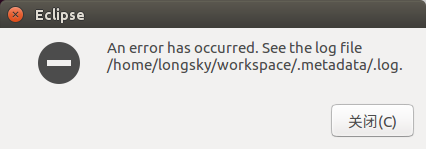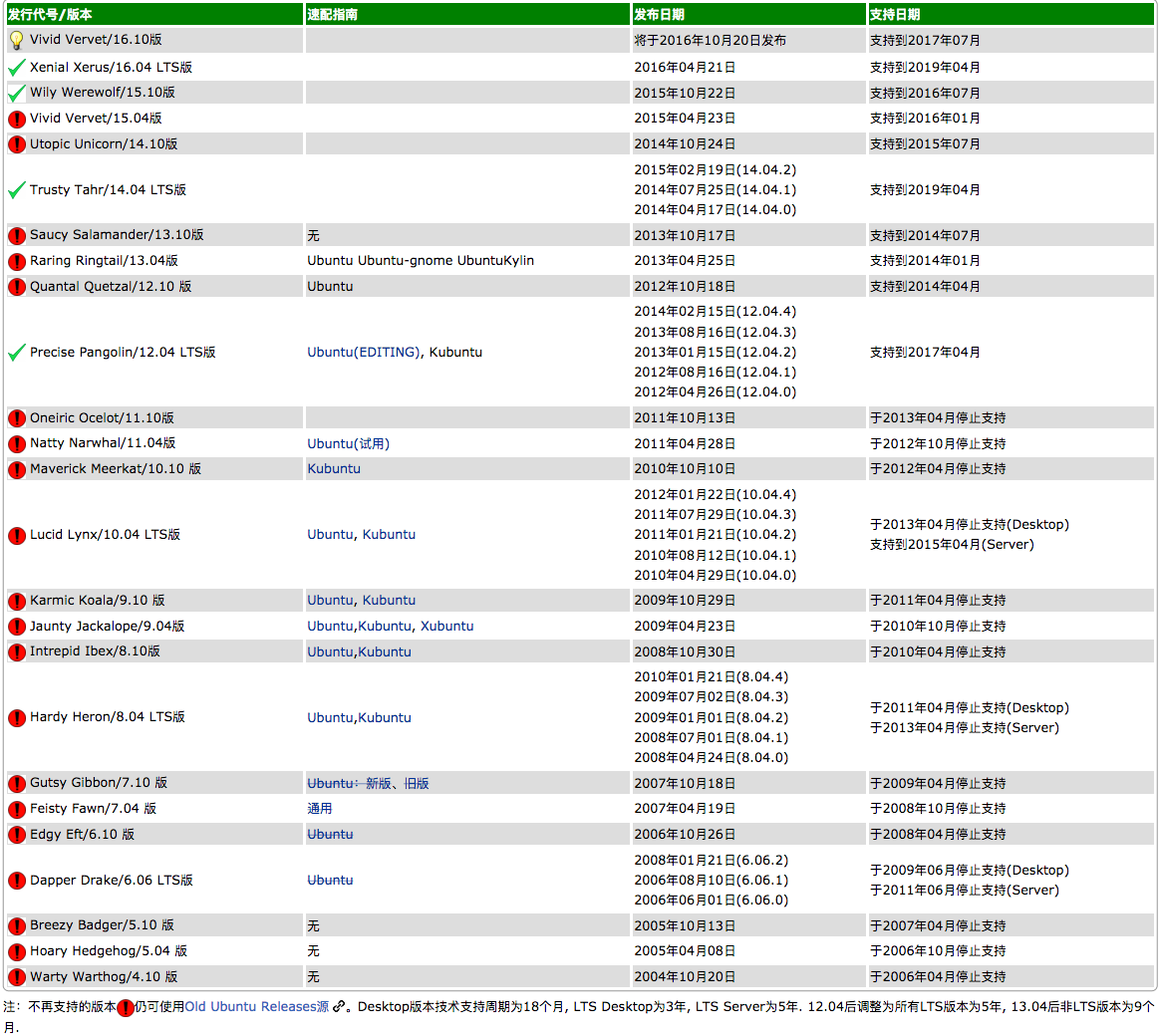在执行macOS Sierra (10.12.4)下Caffe通过Python接口加载binaryproto格式的均值文件的时候,最后报告错误:
Traceback (most recent call last):
File "analysis_memnet.py", line 29, in <module>
detector = caffe.Detector(model_def, pretrained_model, mean=means)
File "/Users/Source/caffe/distribute/python/caffe/detector.py", line 46, in __init__
self.transformer.set_mean(in_, mean)
File "/Users/Source/caffe/distribute/python/caffe/io.py", line 259, in set_mean
raise ValueError('Mean shape incompatible with input shape.')
ValueError: Mean shape incompatible with input shape.
这个错误发生的原因是由于memnet提供的均值文件是256*256的,但是提供的配置文件却是227*227的,导致在io.py里面的代码在进行判断的时候发生异常。调整源代码中的python/caffe/io.py里面的代码:
def set_mean(self, in_, mean):
"""
Set the mean to subtract for centering the data.
Parameters
----------
in_ : which input to assign this mean.
mean : mean ndarray (input dimensional or broadcastable)
"""
self.__check_input(in_)
ms = mean.shape
if mean.ndim == 1:
# broadcast channels
if ms[0] != self.inputs[in_][1]:
raise ValueError('Mean channels incompatible with input.')
mean = mean[:, np.newaxis, np.newaxis]
else:
# elementwise mean
if len(ms) == 2:
ms = (1,) + ms
if len(ms) != 3:
raise ValueError('Mean shape invalid')
if ms != self.inputs[in_][1:]:
raise ValueError('Mean shape incompatible with input shape.')
self.mean[in_] = mean
调整为:
def set_mean(self, in_, mean):
"""
Set the mean to subtract for centering the data.
Parameters
----------
in_ : which input to assign this mean.
mean : mean ndarray (input dimensional or broadcastable)
"""
self.__check_input(in_)
ms = mean.shape
if mean.ndim == 1:
# broadcast channels
if ms[0] != self.inputs[in_][1]:
raise ValueError('Mean channels incompatible with input.')
mean = mean[:, np.newaxis, np.newaxis]
else:
# elementwise mean
if len(ms) == 2:
ms = (1,) + ms
if len(ms) != 3:
raise ValueError('Mean shape invalid')
if ms != self.inputs[in_][1:]:
in_shape = self.inputs[in_][1:]
m_min, m_max = mean.min(), mean.max()
normal_mean = (mean - m_min) / (m_max - m_min)
mean = resize_image(normal_mean.transpose((1,2,0)),in_shape[1:]).transpose((2,0,1)) * (m_max - m_min) + m_min
#raise ValueError('Mean shape incompatible with input shape.')
self.mean[in_] = mean
调整完成后,需要重新编译Caffe:
$ make clean
$ make
$ make pycaffe
$ make distribute
参考链接

